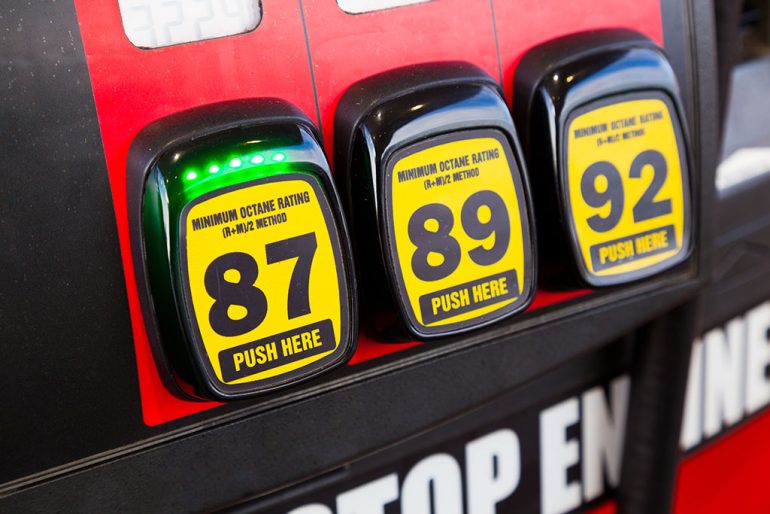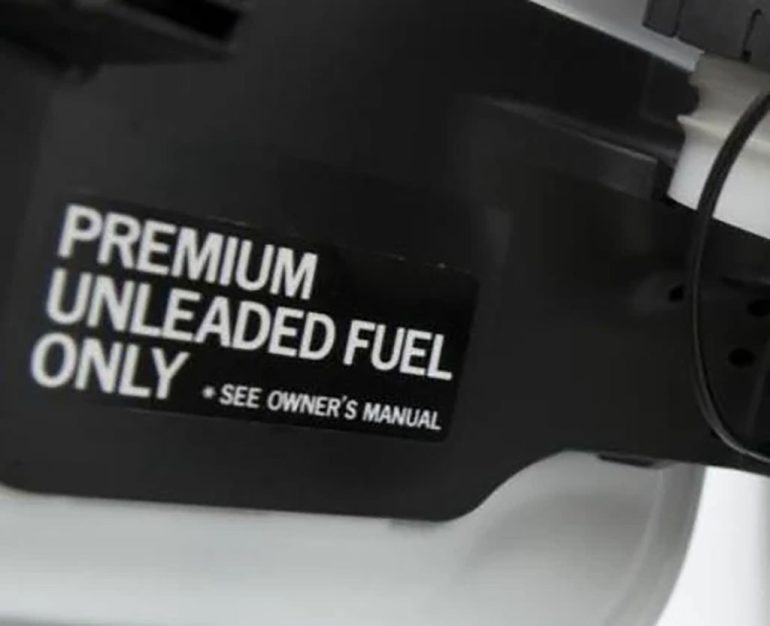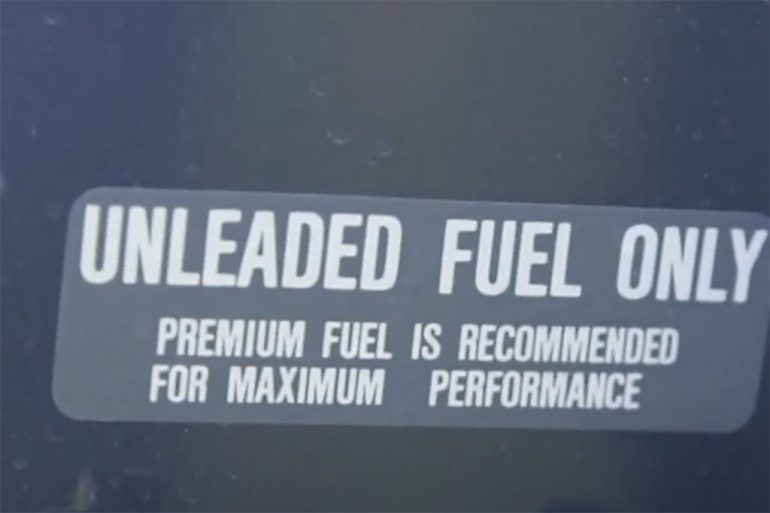Fuel Choices: Premium vs. Regular

At the gas station, choosing between regular and premium fuel can feel like a daily calculus. If a car suggests premium but doesn’t require it, is spending the extra cash really worth it? Most people are left wondering if the premium label is merely an upsell or actually necessary to keep the engine purring. Here’s a breakdown of what happens when the fuel grade doesn’t match the car’s recommendation and whether savings at the pump come at a higher cost elsewhere.
Octane Basics

Fuel grades primarily correspond to octane levels—a measure of the fuel’s ability to resist knocking or premature combustion. In the U.S., regular gasoline comes with an octane rating of 87, mid-grade at 89, and premium between 91 and 93. Octane isn’t about quality but about preventing engine knocking, which can harm performance and even lead to long-term engine issues. High-compression engines and those with turbochargers often require higher octane levels to minimize detonation.
Recommendations vs. Requirements

A vehicle might specify premium fuel as “recommended” or “required,” and there’s a clear distinction. Cars requiring premium must use it; ignoring this could lead to reduced performance and fuel efficiency or even engine trouble over time. On the flip side, for vehicles where premium is merely recommended, regular fuel is an acceptable option, though there are trade-offs. In such cases, the engine’s ECU may adjust settings to compensate for the lower octane, resulting in slight performance and efficiency losses. Despite this, many drivers lean towards regular, with the AAA noting the trend among around 16.5 million American drivers.
Performance Impact
Research, such as AAA’s 2017 study, highlights that switching from premium to regular in cars that recommend, but don’t require, premium can result in modest drops: about 2.7% in horsepower and a slight 0.7% in fuel economy. While the numbers might seem insubstantial on paper, they can translate to tangible differences, especially for performance-oriented engines. These engines can work with lower octane, but will not reach their full potential.
Engine Longevity
Most modern vehicles equipped with advanced sensors can adjust to regular fuel to prevent knocking, mitigating immediate damage. However, extended use of regular fuel in premium-recommended vehicles can lead to a build-up of factors like carbon deposits or increased operating temperatures over time. It’s not unlike opting for a fast-food diet over something more nutritious—works for a while, but not the ideal long-term plan for optimal health.
Savings vs. Costs
The price gap at the pump between regular and premium, often around 50 cents per gallon, can seem like easy savings. At 15 gallons per fill-up, that’s a $7.50 saving—or about $390 annually if one fills up weekly. But if lower fuel economy means more frequent visits to the gas station, or if degraded performance leads to harder driving, much of that savings could evaporate rapidly.
Conclusion
For vehicles where premium fuel is recommended, not required, it’s generally fine to use regular for typical day-to-day driving. Be prepared for a slight trade-off in performance and fuel efficiency. If the driving style is aggressive, or the car is frequently used under load, premium might still be justified for maintaining engine efficiency and smooth operation. There’s no immediate harm in using regular, but for those who value top performance and driving smoothness, premium is still the way to go.
Slate's $25K EV Truck
Mustang Mach-E GT 2024
Tesla Odometer Woes
Mazda MX-5 Future
Million-Mile Tundra